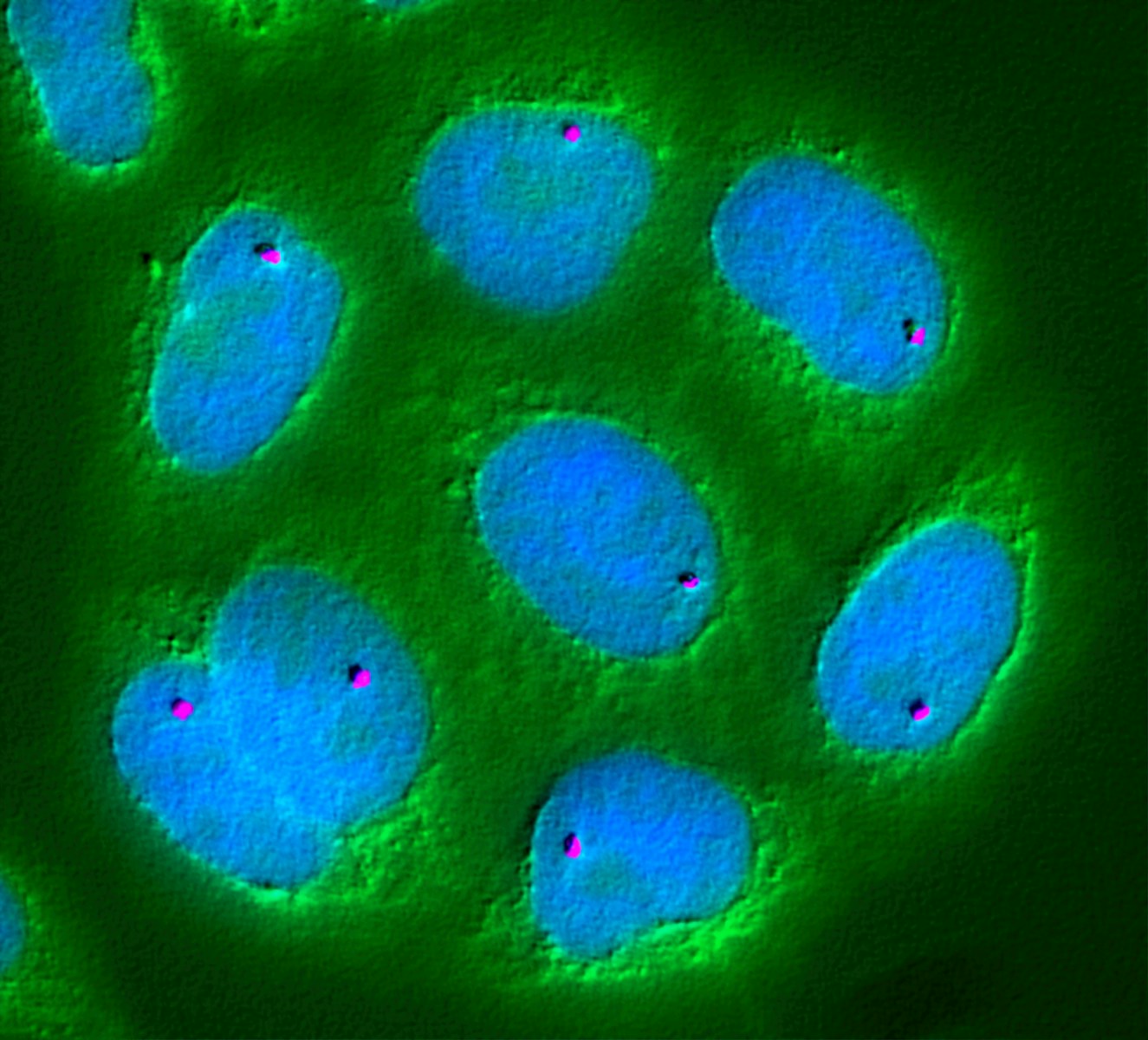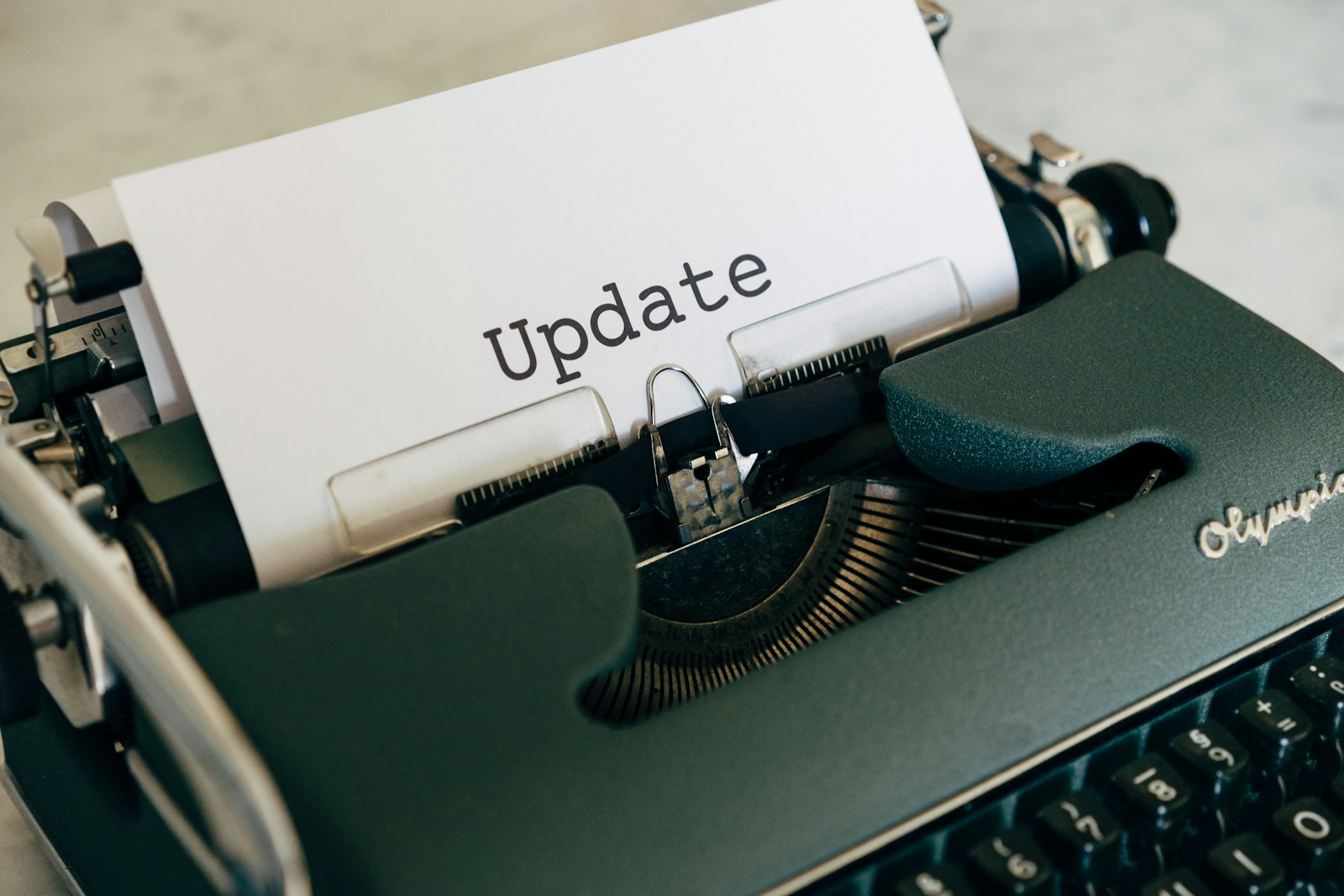Managing Event Hub Data: Effective Strategies for Clearing Messages
Azure Event Hubs are designed as an immutable, append-only store for events. Once events are ingested, they remain available until the retention period expires. This approach is ideal for high-throughput and reliable streaming, but it also means that individual message deletion is not supported. Instead, the available options focus on managing data lifecycle through retention












